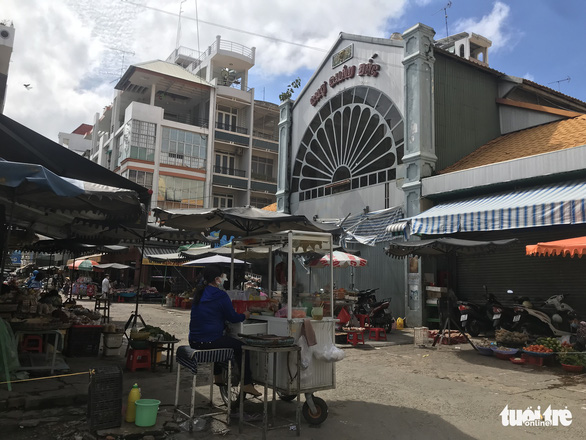Localities in Vietnam’s Mekong Delta region have recently reported more than 2,000 new COVID-19 cases per day, prompting authorities to immediately take measures to curb the coronavirus spread.
New COVID-19 outbreaks in this southern region erupted since the second half of October, when a slew of domestic migrant workers from the country’s COVID-19 epicenters, including Ho Chi Minh City and Binh Duong and Dong Nai Provinces, returned to their hometowns.
Two percent of these returnees had infected with the virus, and as a result, none of the 13 provinces and cities in the Mekong Delta was classified as level 1, or an area of low risk of COVID-19 according the government’s four-level assessment scale, in the first week of November, according to the region’s general statistics.
Consequently, despite the region accounting for around 17 percent of the country’s population, its combined number of COVID-19 patients represented for 35.7 percent of the country’s tally of infection cases on November 2.
By the end of November 9, the total number of daily infections in the Mekong Delta had exceeded 2,000.
On Friday evening, An Giang recorded an additional 548 COVID-19 cases, many of which were detected at industrial parks and the Chau Doc Market, local authorities reported.
Facing the rapid virus spread, the provincial Department of Health has fixed a level 4 label, meaning very high pandemic risk, on Chau Doc City and two districts of Tinh Bien and Tri Ton, level 2 (medium risk) and 3 (high risk) on all other locations except for Thoai Son District, the only one area qualified for level 1.
The same day, Soc Trang, which has received some 100,000 returnees from epidemic epicenters, saw 343 new infection cases, the highest ever figure, bringing the total number of COVID-19 cases to 8,812.
Among the province’s population aged 18 and older, 89 percent have received the first COVID-19 vaccine dose but only 38 percent got two full doses.
Chairman of the Soc Trang administration Tran Van Lau requested all returnees to make a health declaration at local medical facilities and comply with epidemic prevention rules.
Local authorities have sped up rapid COVID-19 tests among communities, especially in high-risk areas, to early detect positive cases.
Can Tho City, meanwhile, reported 524 new infections on Friday, mainly from former COVID-19 clusters in O Mon, Thot Not and Ninh Kieu Districts, while the number of new positive cases at industrial parks have been jumping, local authorities reported, adding all hospitals have been overloaded with COVID-19 patients.
Can Tho’s health authorities have issued the procedures for treatment and control of COVID-19 patients at home, as well as the guidance on taking samples and tracing contacts of new COVID-19 cases and quarantine of COVID-19 patients.
In Tien Giang, 634 more COVID-19 cases and five fatalities were recorded by Friday evening, with My Tho City and Cai Be and Chau Thanh Districts being the province’s hotbeds, local authorities reported.
My Tho City authorities have applied epidemic level 3 for many communes and wards from 0:00 on Friday.
In Bac Lieu, chairman of the provincial administration Pham Van Thieu said the province has been shifted from level 1 straight to level 4 since November 1 before scaling down to level 3 on Tuesday.
Vinh Long Province has also turned into a “red zone’’ (level 4) from November 9, while Ca Mau Province has applied the same level to 101 communes and wards.
“Vaccination coverage is still low while medical capacity is limited, so the province is trying its best to prevent the virus spread,’’ said Ca Mau Province Party Committee Secretary Nguyen Tien Hai.
Since erupting in Vietnam in early 2020, the pandemic has caused a total of 1,009,879 COVID-19 cases, including 856,211 recoveries and 22,930 deaths, the Ministry of Health reported.
The Southeast Asian country has recently seen its COVID-19 death toll sharply drop, to 81 on Friday from 261 two months earlier, despite its daily infections numbers gradually increasing again from mid-October.
The Mekong Delta, which has 13 administrative units, including a centrally-run city (Can Tho) and 12 provinces, covers 40,547.2km² and has a total population of over 17.2 million people, accounting for 13 percent of Vietnam’s area and nearly 18 percent of the country’s population, the General Statistics Office of Vietnam reported in 2019.
Like us on Facebook or follow us on Twitter to get the latest news about Vietnam!


















































